While expatiating on the application of Sringara rasa and bhakti in dance, the writer underscores the responsibility on the part of the dancer to draw up the presentation taking into consideration the audience in front of her/him
It may leave apprehensions in the minds of connoisseurs and critics as to how the desired effect of Bhakti or aesthetic sense of beauty can be felt by the audience watching a dance full of Nayaka-Nayika bhava, one pining for the other or describing the secret love of Radha and Krishna or illustrating the routine gesture of a prostitute who cautions her friend to ‘Slam the doors in his face if he is penniless, even if he were God himself.’
As I stated earlier there are gradations in the minds of people, Pamara, Pandita and Jnani, the layman, the educated and the enlightened. Hence the dancer must be careful in drawing up programs for different kinds of audiences. The purpose of all art and dance, in particular, is to elevate the audience to a higher level, to a higher realm of thought and vision. But the art form should not come down to earth, to the level of the lowest common denominator.
Again to quote Bharata:
Dukhaarthaanam sramaarthaanaam sokaarthaanaam tapaswinaam
Vishraanthi jananam kaale naatyameitat bhavishyati
‘Natya becomes a relaxing entertainment to the distressed, to the tired, the weary and the sages. While it should have the quotient of entertainment, it should be construed that it should also evoke and increase Bhakti in the minds of people.
Lokey bhakti vivardhanam naatya meitat bhavishyati
The way of presentation is also as vast as the study of Sringara and dance and literature, and it is an impossible task to conjure up old traditions of theatrical presentation of stories in present-day dance dramas. The present solo Bharatanatyam is the result of various evolutionary changes that have taken place by the passage of time. The present program and its order can be pointed out as an achievement in innovation within the borders of traditional creativity. After all, tradition is not a stinking, stagnant pond, but an ever fresh, ever-renewing, ever refreshing flow like the Ganga.
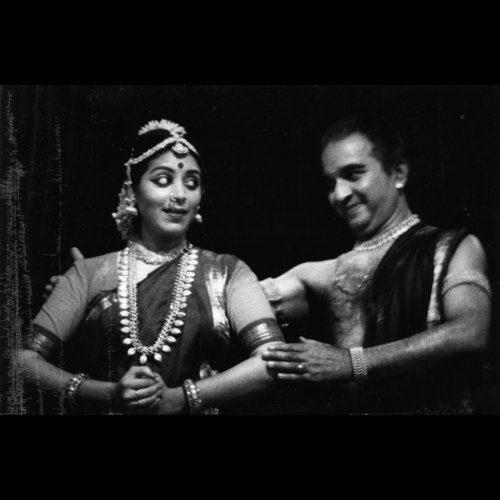
In the context of the present-day programming of Bharatanatyam, we should take into account the three types of audience as mentioned earlier. Generally, an experienced dancer can gauge the audience by the organisation, occasion and environment. In my career, I have always tried to present programs to suit the predominant audience.
Intelligent programming
A sattvika audience, which has a three-fold perception, of intellectual, emotional and physical, all equally developed, is able to experience the performance at every level of human perception. For them, Sringara can be presented in its various shades and levels of eroticism, Bhakti Sringara, or Vatsalya Sringara, slow and medium paced songs like Kshetrayya padams or those with highly philosophical content.
A rajasa audience uses its emotions and understands the performance only as sophisticated entertainment generating pleasure. For such, the ‘Rati’ Sringara type of songs may not give the required impact on its intellectual perception. Hence, songs with definite story content, like Swati Tirunal’s ‘Bhavayami’ illustrating the Ramayana, ‘Pralaya payodhi jale’ or others retelling the incarnations, or the many songs about Krishna’s childhood doings will appeal and at the same time without lowering its taste or kindling its baser instincts.
In fact, seeing such a performance evokes Bhakti Sringara in such an audience. Here the Sringara lies more in the delineation of the expression to the chosen song. Unfortunately due to social and economic factors, the sophisticated art of dance never reaches the less affluent classes whether rural or urban. They may be considered as the Tamasa audience.
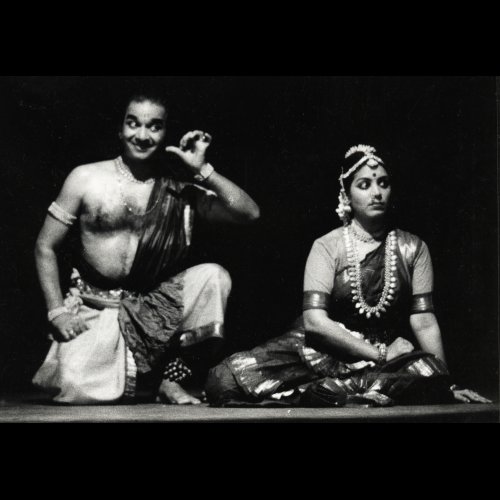
In actuality, one can never compartmentalise strictly according to their economical status. They are mixed in different proportions in every audience. To the Tamasa audience, fast, rhythmic dance with less emotional content is more suitable and its experience of Sringara is the thrill and joy it gets out of exhilarating items like Tillana. The bhajan type of dance, with the increasing pace of rhythm and lilting melodies, transports this kind of audience into the realms of devotion or Bhakti Sringara.
Here I should mention the two types of ‘Siddhi’ (achievement) mentioned by Bharata in referring to the performer and the audience, applicable to the ‘Rati Sringara’ performance of a dancer. They are ‘Maanushi Siddhi’ and ‘Daivika Siddhi,’ the human and godly achievement. A well portrayed ‘Sambhoga Sringara’ is relished by the Sattvika (the enlightened) as a divine manifestation and he is spellbound at the ability of the dancer to act out such themes with sensitivity and effectiveness. This is ‘Daivika Siddhi.’ The layman might react to it in a different way. He might find it vulgar or his lower passions might be aroused. He might find it seductive and register his appreciation by untimely applause or whistling. This is ‘Maanushi Siddhi.’
Sringara and bhakti in dance
True love is divine whatsoever its context. Of the nine rasas we usually speak of, Sringara is the only one which can take in all the others as a part of its various situations and moods. Beauty is inexhaustible in its creation and delineation. The other rasas have their limitations inherent in themselves. That is why there are innumerable varieties of love lyrics, as many types of Sringara literature. Some of these have been made a part of dance repertoire for their descriptive quality. Whereas in Bhakti there cannot be such a gamut of expressions, except perhaps for the rasas Santam and Karuna. It is possible by Sanchari bhavas, elaborations employed in abhinaya, that is, we can bring in various rasas by alluding to various tales of gods and saints and evoke Bhakti in the audience.
While the Rati Sringara pieces should be presented only by a mature dancer with a full understanding of the text and with the ability to present it in good taste, songs of Bhakti can be given to children. This does not mean that others should not perform such pieces. By learning such pieces, children will develop a keener interest in mythology and epics. This will in turn inculcate good discipline and standards of behaviour into them. What is the point in small children being made to do pieces like ‘Mogudochi pilachedu’ or varnams where the Nayika is a virahothkanthita when they don’t even know and appreciate the meaning of wedlock?

To sum up, let me say that Sringara is the reality in life, the proper knowledge of which matures into Bhakti. Beauty is the truth that is eternal from which everything is drawn and everything returns to it. As the Upanishad says :
Poornamada poornamidam poornaatpoorna mudachyathe
Poornasya poornamaadaaya poornameivavasishytei
While we appreciate the beauty of the abundant arts, we should also remember that, as observed by Rabindranath Tagore, ‘If beauty is to be enjoyed to the uttermost, restraint is essential. Unrestrained imagination cannot hope to create beauty in the same way as one does not set a house on fire to light a lamp. The fire must be kept in check, so that it may illuminate without destruction.’
Read Part 1
The article appeared in ‘The Journal of The Madras Music Academy Vol. LIV’

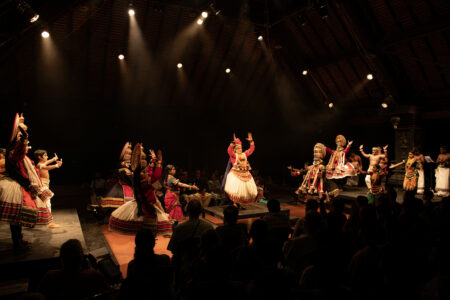
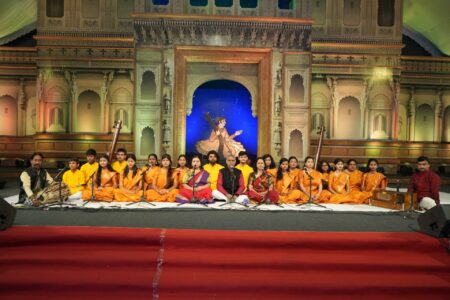
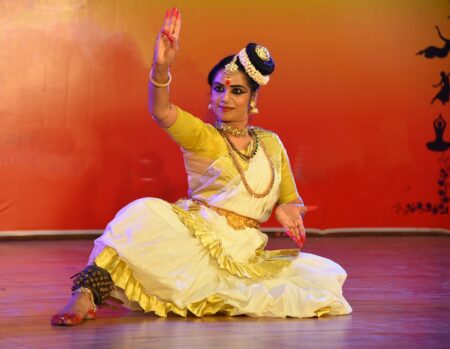
2 Comments
Excellent analysis and narration of Shringara
Too great🙏 Very few dancers who has gone deep into Abhinaya know that the Epitome of Sringara is bhakthi. Hope this article reaches many people who dont know much about abhinaya.